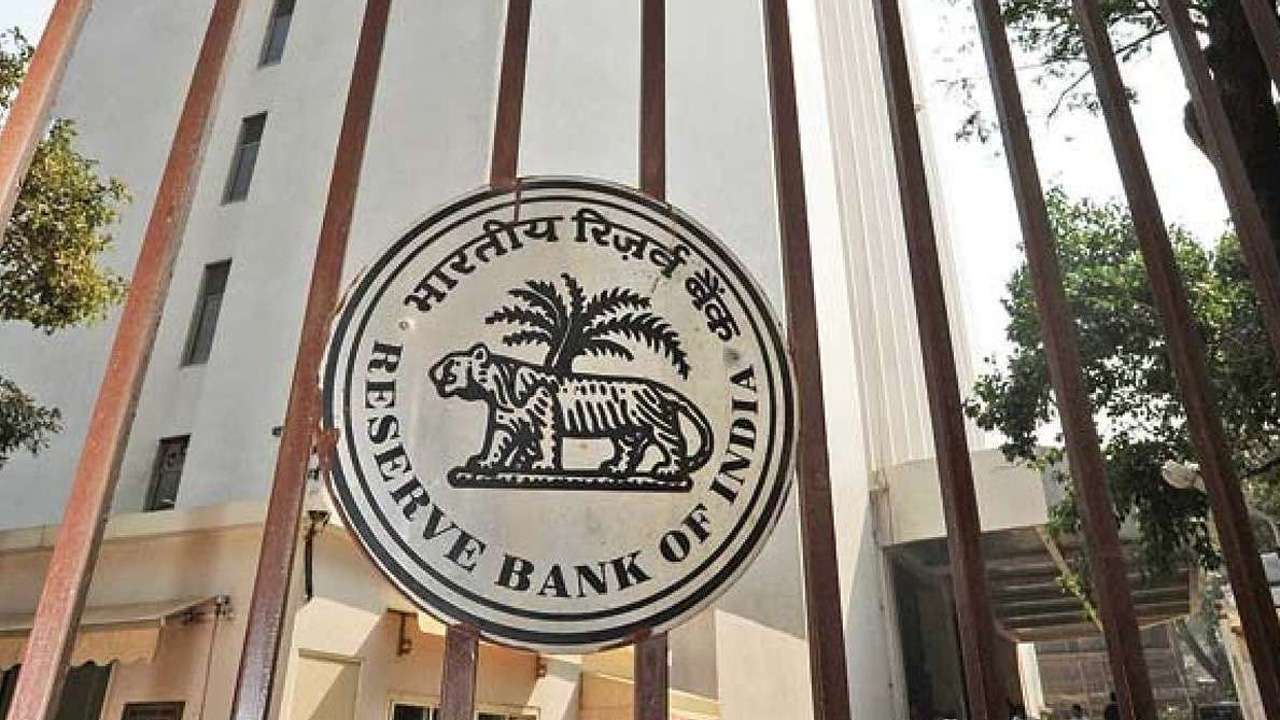The Reserve Bank of India (RBI), in light of the growing involvement of non-banking financial companies (NBFCs) in the financial system, has issued a set of standards for provisioning for standard assets by large NBFCs. The RBI published a framework for NBFC scale-based regulation in October of last year. NBFCs have a four-layer regulatory structure based on their size, activity, and perceived riskiness.
Buy Prime Test Series for all Banking, SSC, Insurance & other exams
KEY POINTS:
- The central bank defined rates of provision for outstanding loans given by ‘NBFC-Upper Layer’ in a circular issued.
- Individual housing loans and loans to Small and Micro Enterprises (SMEs) have a provision rate of 0.25 percent, whereas housing loans with teaser rates have a provision rate of 0.5%.
- Individual housing loans and loans to Small and Micro Enterprises (SMEs) have a provision rate of 0.25 percent, whereas housing loans extended at teaser rates have a provision rate of 2 percent.
- After one year from the day on which the rates are raised, the latter will drop to 0.4%.
- The rate of provision for the Commercial Real Estate Residential Housing (CRE – RH) sector is 0.75 percent, while the rate for CRE other than residential housing is 1%.
- The provision rate for medium-sized businesses has been set at 0.4%.
Role of NBFCs:
- The NBFCs in the higher layer are those that the RBI has identified as warranting increased regulatory requirements based on a set of parameters and scoring methodology.
- Regardless of other factors, the top ten qualifying NBFCs in terms of asset size will always be in the upper stratum.
- Base Layer, Middle Layer, Upper Layer, and Top Layer are the four layers of the scale-based regulation for NBFCs.




 Exploring Bondi Beach: Sun, Surf and Syd...
Exploring Bondi Beach: Sun, Surf and Syd...
 ISRO Projects Seven Launches Including U...
ISRO Projects Seven Launches Including U...







